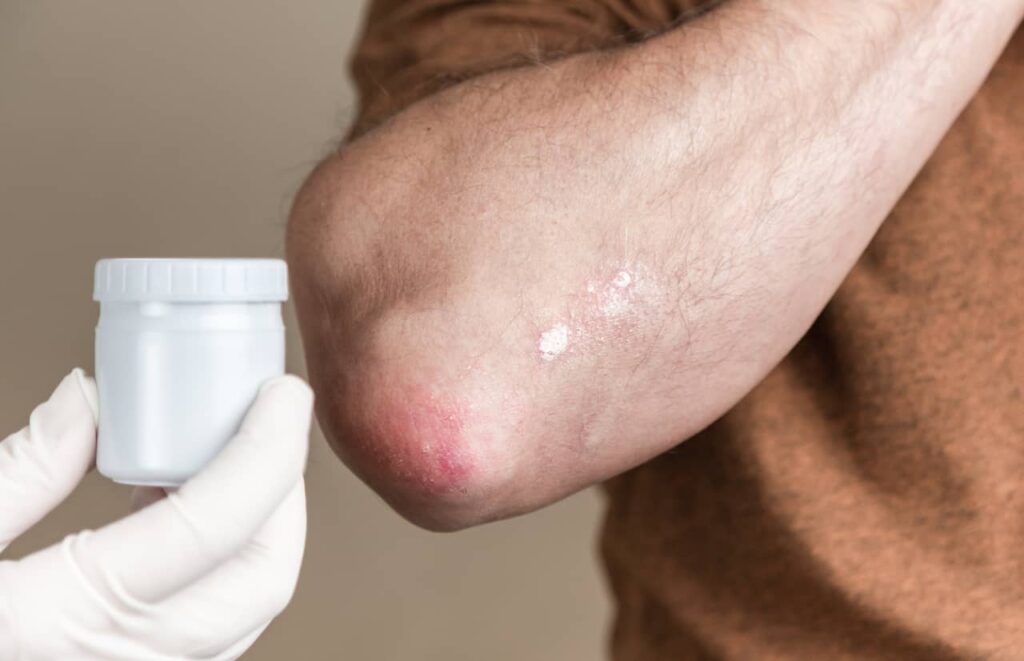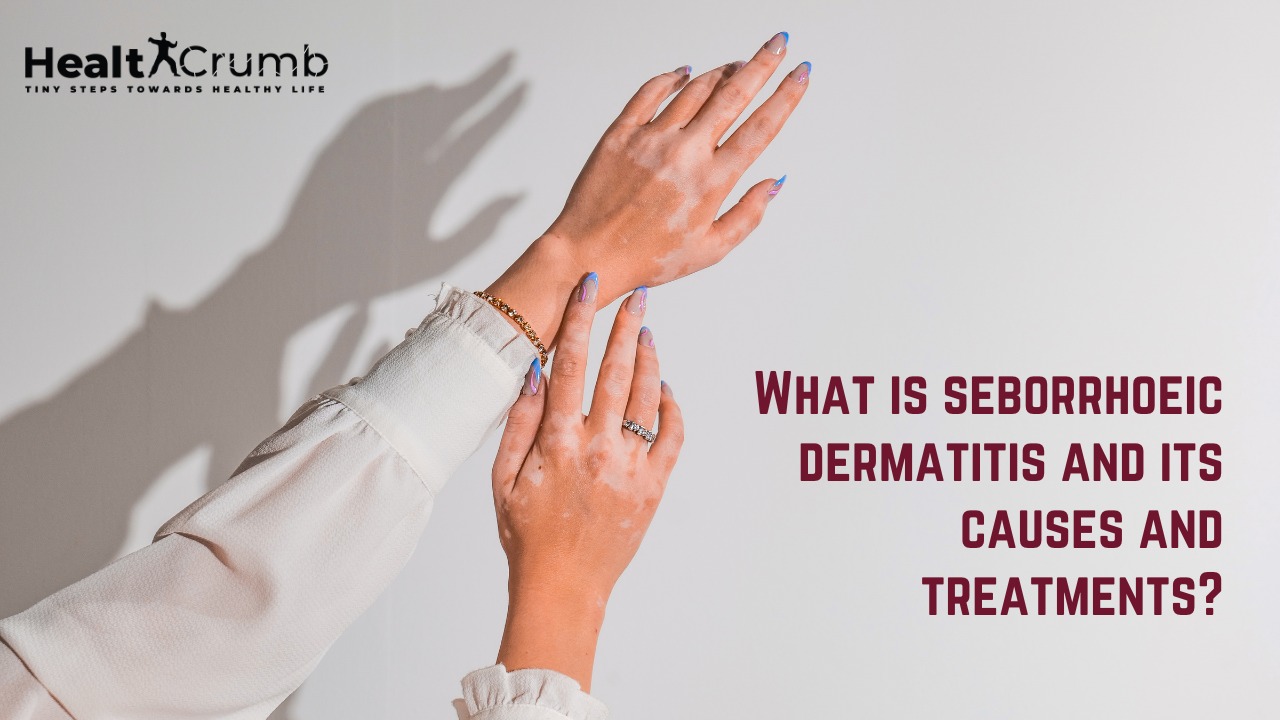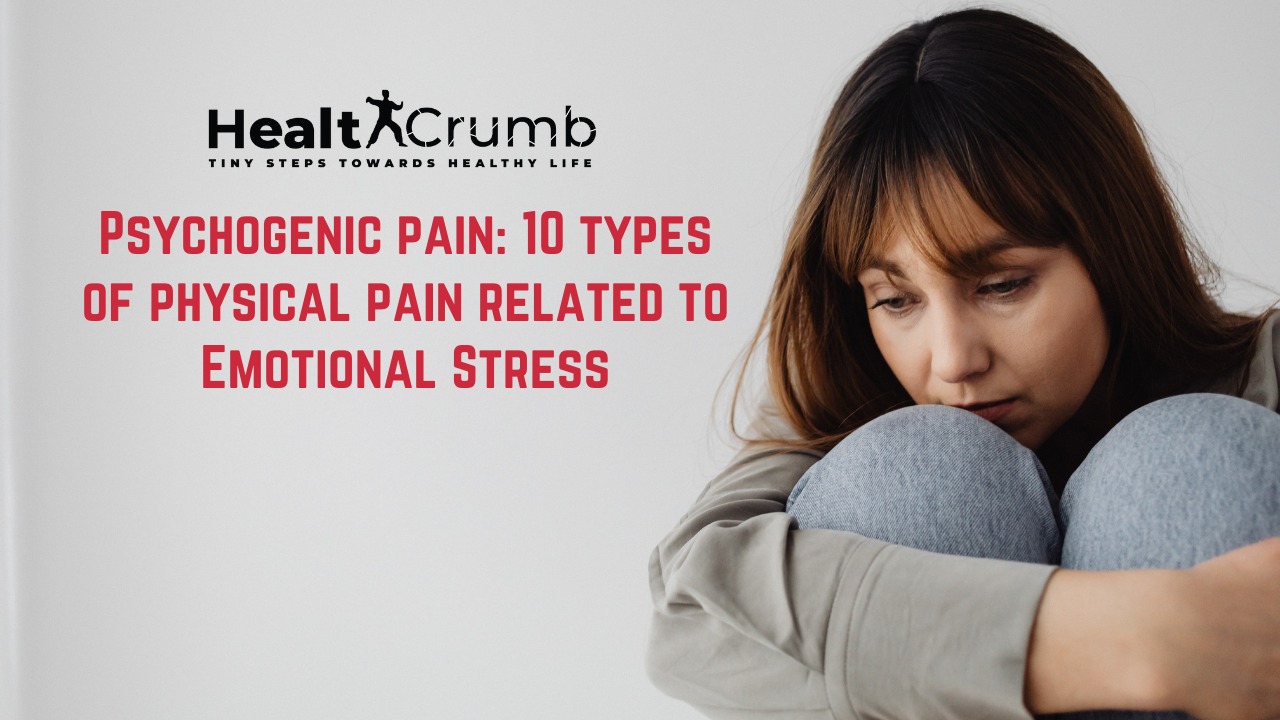You must have noticed the reddening and accumulation of skin on an infant’s scalp. The skin gets greasy and swells at certain parts.
What is that thing? Is it just normal physical response to the environment? No.
It is a chronic form of eczema called seborrhoeic dermatitis. It is a disease common among the infants and people between 30-60 years of age.
In fact, Seborrhoeic Dermatitis is more likely to occur to men than women.
This disease affects every 3 to 10 people out of 100, says a June 2020 research.
So, what exactly is this disease, and how is it diagnosed?
Seborrhoeic Dermatitis is a skin condition that leads to dandruff like flakes and redness. This is why some people often misdiagnose it as ordinary dandruff and leave it untreated.
This disease appears only on the parts which is more oily than the rest of the skin.
Our scalp has a natural occurring microbe called Malassezia Globosa which is a yeast. When this microbe piles up on the skin and increases in number, the immune system overreacts to it.
This makes the yeast come in contact with sebum, which is a natural oil produced by the scalp. The yeast breaks down the sebum and produces oleic acid.
Oleic acid is an irritant which leads to overgrowth of skin cells, leading to clusters of skin on the scalp.
People often misconceive Seborrhoeic Dermatitis as a contagious disease or as an allergy, but in reality, it is just a skin disease.
What causes Seborrhoeic Dermatitis, and who are most likely to get this disease?
Now that we know how Seborrhoeic Dermatitis develops on the skin, let us see what triggers this skin disease.
If you are a person who has already suffered from Seborrhoeic Dermatitis as a teenager or as a young adult, you will often be haunted by this disease.
You might get infected and reinfected by this disease. It will come and then go away on its own after a time.
According to some literary research, Seborrhoeic Dermatitis disappears in summers and reappears in winter, mostly when you are in a period of stress.
However, if an infant has developed this disease, then they will be cured of it within a year. After this, it is less likely that they will ever get this disease again.
There are also certain medical conditions that can lead to this disease in the patient. If you are suffering from any of these diseases, then you should take special care of your hygiene and use mild soaps on your body:
-
Parkinson’s disease
-
HIV
-
Acne
-
Psoriasis
-
Depression
-
Rosacea
-
Epilepsy
-
Eating disorder
-
Alcoholism
-
Or any heart disease.
Moreover, if you are using harsh soaps or shampoo on your skin, it can also lead to Seborrhoeic Dermatitis.
Some people have sensitive skin, which increases their risk of developing the disease.
Hormonal change, bad reaction to certain medicine, stress and extreme weather are some common reasons which puts you in a risk of getting Seborrhoeic Dermatitis.
What are the symptoms of Seborrhoeic Dermatitis?
In adults:
Adults who are above the age of 50 years are more likely to develop Seborrhoeic Dermatitis than the rest of the age group.
Seborrhoeic Dermatitis occurs mainly in those parts of the skin where there is too much oil. You can spot it mostly on scalps, eyebrows, around nose, groin areas, armpits and mid-chest.
The skin grows red or yellow. It begins to swell in parts because of the cluster of skin building up and becomes greasy.
The skin might begin to burn or itch.

In infants:
Babies develop Seborrhoeic Dermatitis when they are two weeks or 12 months old.
They develop this disease mostly on scalp. But it can also grow on the face and the diaper area. This disease in an infant is also called cradle cap.
Since Seborrhoeic Dermatitis is likely to grow in the diaper area as well, parents mistake it to be just rash caused by the diaper.
You can difference between the rash and cradle cap by the looks of it. If it is greasy and flakes comes off, it is Seborrhoeic Dermatitis.
Rashes are only red, and they do not cause cluster of skins, neither do they flake off.
However, it is not a matter of concern in infants. Seborrhoeic Dermatitis disappears on its on in the infants after a month or so.
But, if you see no improvement and only worsening of condition, talk to the doctor and seek medical help.
Also Read: Difference Between Seasonal Allergy and COVID-19
Treatment of Seborrhoeic Dermatitis
Infants:
Since cradle cap clears on its own in the infants, you can just try to care for the baby and clear the infected part.
Wash your baby’s scalp daily. Using a mild baby shampoo and a soft bristled baby brush can help you to remove the scales.
You can even use petroleum jelly or baby oil to loosen up the scales, so they can come off easily.
You need to take care of further infection in the diaper area. If the Seborrhoeic Dermatitis has infected the diaper area, consult your doctor for further precaution.
Your doctor might give you antifungal cream and advice some precautions.

Adults:
If you are infected in the scalp, you can try using some anti-dandruff shampoo.
Seborrhoeic Dermatitis are not exactly dandruff, but they mimic it.
Therefore, your doctor will first advise you to use over the counter anti-dandruff shampoo as primary treatment.
If this doesn’t work, you can try some natural remedy side by side.
Fish oil, Aloe Vera., probiotics are some common natural remedy people use to treat Seborrhoeic Dermatitis.
Apple cider vinegar, tree tea oil and managing your diet can also help you to get over this disease.
Seborrhoeic Dermatitis is not a life-threatening disease. It just makes the person uncomfortable and cranky with all the irritation and itching on the affected area.
If you do not see any improvement in your condition for a long time, talk to your dermatologist.
They might advise you some prescription medicine.
The bottom line
Seborrhoeic Dermatitis is a chronic fungal disease that affects the oily part of skin.
It leads to clusters of skin and flakes, with redness and some swelling.
However, this is not a contagious disease, neither an allergy. It doesn’t threaten life, either.
It only makes the person a little itchy and uncomfortable.
You can use home remedies to treat this disease.
Further Reading:



